
How to Use 2 Prong AC Socket: Examples, Pinouts, and Specs
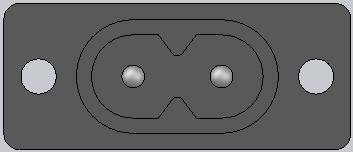
 Design with 2 Prong AC Socket in Cirkit Designer
Design with 2 Prong AC Socket in Cirkit DesignerIntroduction
A 2 prong AC socket, also known as a two-pin or ungrounded socket, is a standard electrical component used to connect devices to an alternating current (AC) power supply. These sockets are commonly found in residential and commercial settings and are designed to accommodate plugs with two parallel prongs. They are widely used for small appliances, portable electronics, and lighting fixtures that do not require a ground connection.
Explore Projects Built with 2 Prong AC Socket
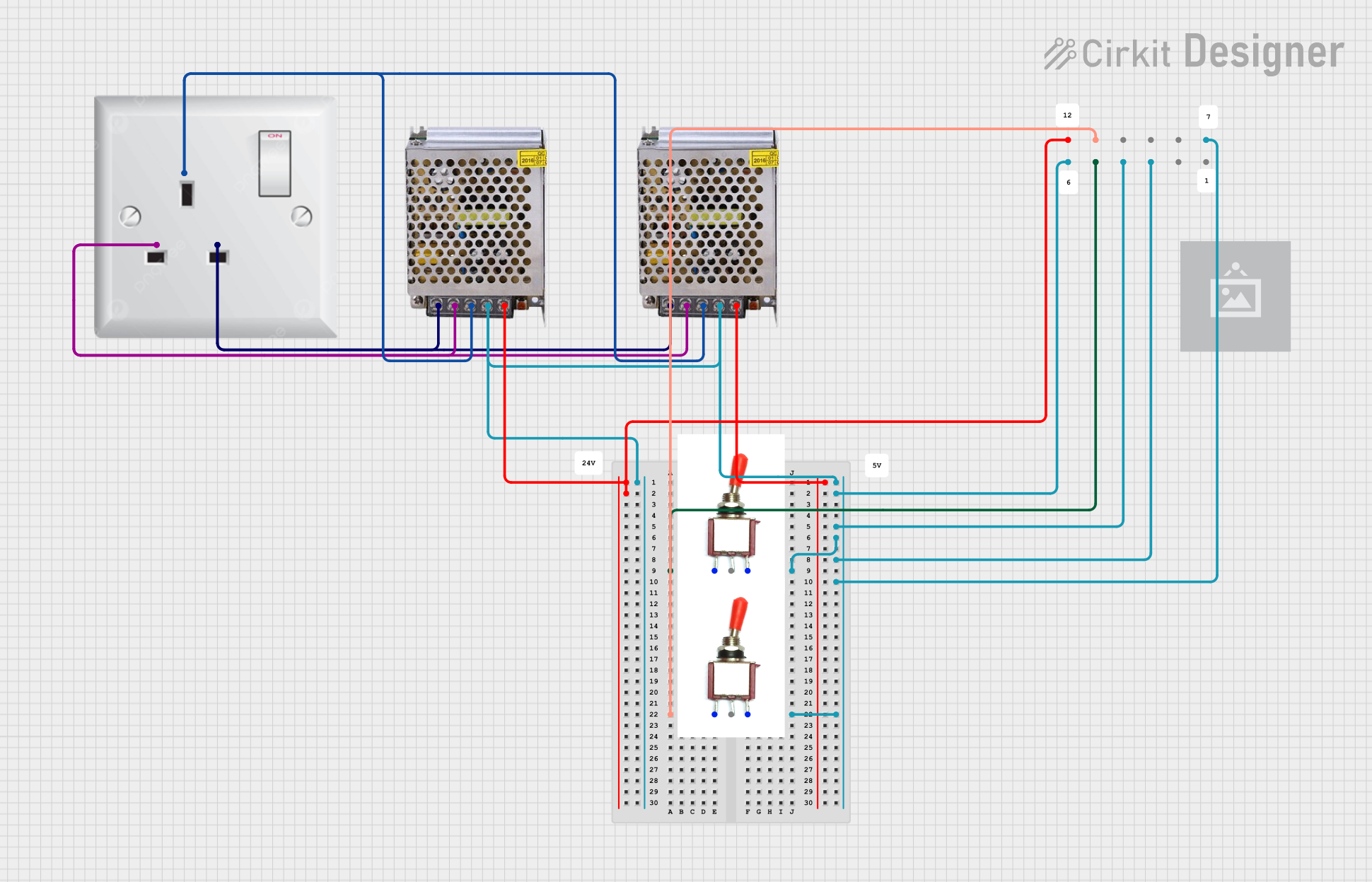
 Open Project in Cirkit Designer
Open Project in Cirkit Designer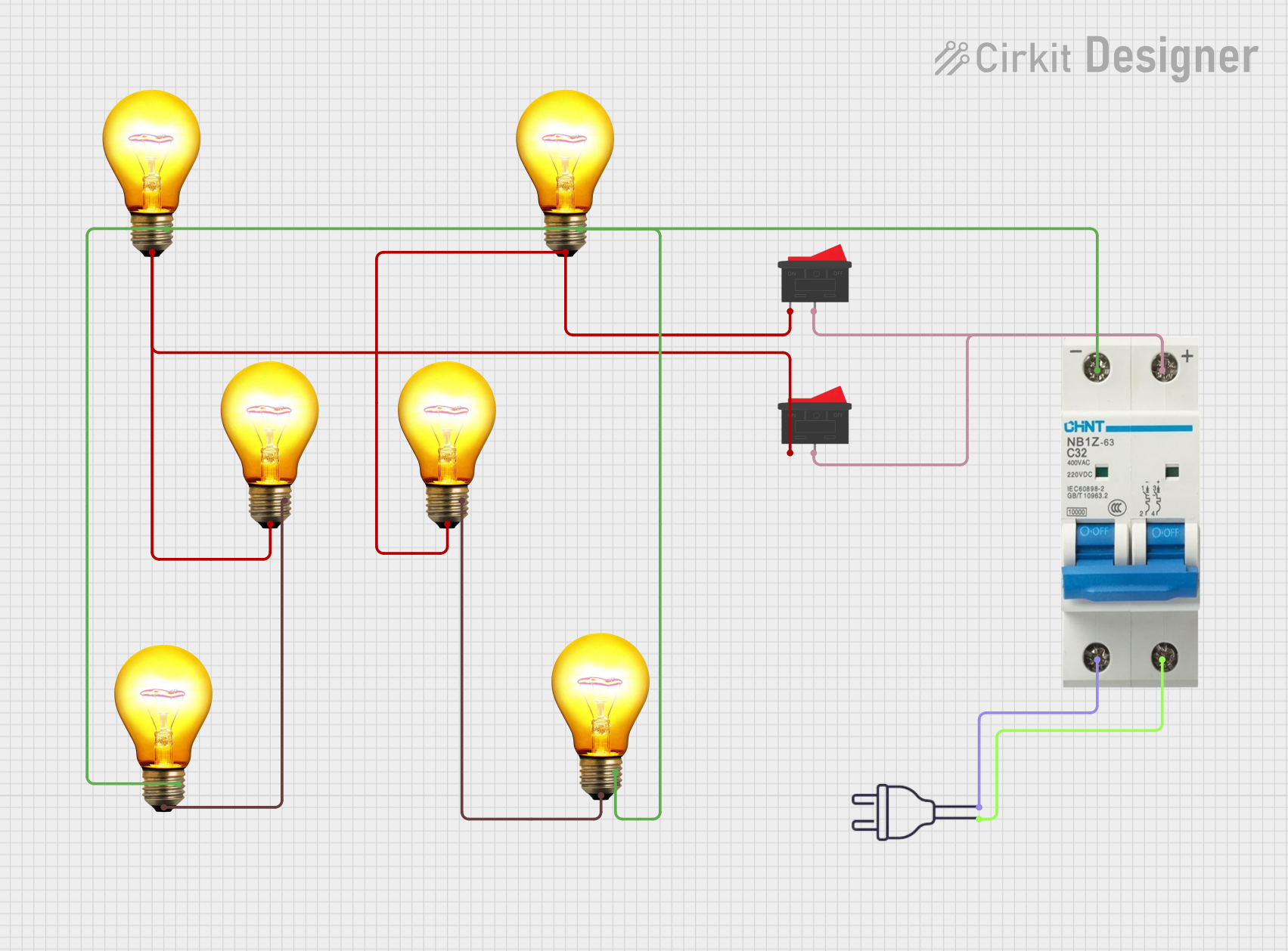
 Open Project in Cirkit Designer
Open Project in Cirkit Designer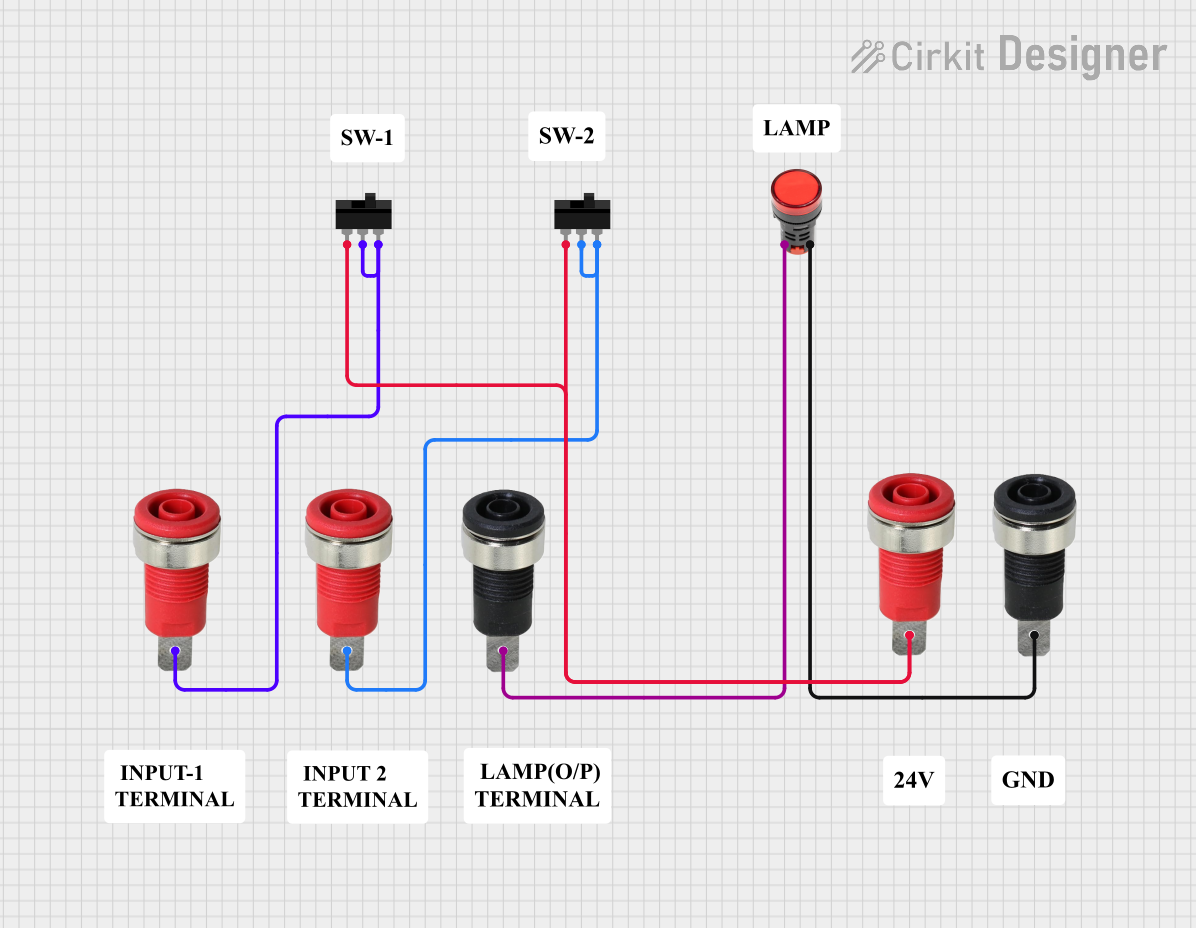
 Open Project in Cirkit Designer
Open Project in Cirkit Designer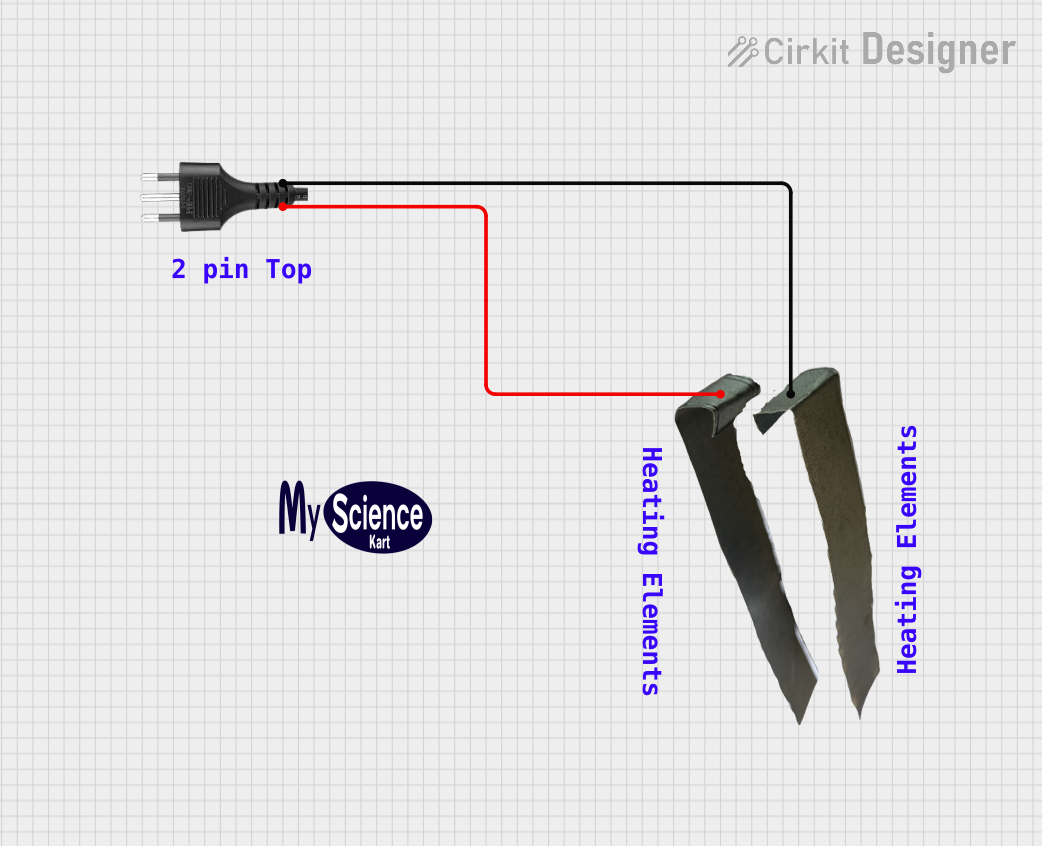
 Open Project in Cirkit Designer
Open Project in Cirkit DesignerExplore Projects Built with 2 Prong AC Socket

 Open Project in Cirkit Designer
Open Project in Cirkit Designer
 Open Project in Cirkit Designer
Open Project in Cirkit Designer
 Open Project in Cirkit Designer
Open Project in Cirkit Designer
 Open Project in Cirkit Designer
Open Project in Cirkit DesignerCommon Applications and Use Cases
- Household appliances like radios, clocks, and lamps
- Office equipment such as calculators and shredders
- Charging adapters for mobile phones and laptops
- Portable power tools that do not require grounding for safety
Technical Specifications
Key Technical Details
- Rated Voltage: Typically 110-240V AC, depending on the region
- Rated Current: Up to 15A, depending on the design
- Frequency: 50Hz or 60Hz, based on regional power standards
- Material: Often made of flame-retardant plastics and conductive metals
Pin Configuration and Descriptions
| Pin Number | Description | Notes |
|---|---|---|
| 1 | Live (Hot) | Connected to the phase wire |
| 2 | Neutral | Connected to the neutral wire |
Note: The 2 prong AC socket does not have a ground pin.
Usage Instructions
How to Use the Component in a Circuit
- Power Rating: Ensure that the socket's voltage and current ratings are compatible with the electrical system and the device being connected.
- Wiring: Connect the live wire to the live slot and the neutral wire to the neutral slot. The wiring should be done by a qualified electrician to prevent electrical hazards.
- Mounting: Install the socket in a suitable location, ensuring it is securely fastened and that there is no strain on the connected wires.
Important Considerations and Best Practices
- Safety: Always disconnect the power supply before installing or servicing the socket.
- Polarization: Some 2 prong sockets are polarized, meaning one slot is slightly larger than the other. This design ensures that the plug is inserted in the correct orientation for safety.
- Inspection: Regularly inspect the socket for damage or wear. Replace if any signs of deterioration are present.
- Overloading: Do not overload the socket by using devices that exceed its power rating.
Troubleshooting and FAQs
Common Issues Users Might Face
- Loose Connections: If the plug does not fit snugly, the socket may be worn out and require replacement.
- No Power: Check for tripped circuit breakers or blown fuses, and ensure the wiring is correct and secure.
- Overheating: If the socket or plug becomes hot, it may indicate an overload or poor connection. Disconnect the device and inspect the socket.
Solutions and Tips for Troubleshooting
- Tightness: Ensure that the screws holding the wires are tight and that the wires are not frayed or damaged.
- Replacement: If the socket is damaged or worn, replace it with a new one of the same rating and type.
- Professional Help: If you are unsure about any aspect of the socket's installation or maintenance, seek the assistance of a professional electrician.
FAQs
Q: Can I use a 2 prong AC socket for a device that requires grounding? A: No, devices that require grounding should be used with a 3 prong socket that includes a ground connection for safety.
Q: Is it safe to use adapters to fit different plug types into a 2 prong AC socket? A: While adapters can be used, they should be used with caution and only with devices that are compatible with the socket's power rating.
Q: Can I replace a 2 prong socket with a 3 prong socket? A: Yes, but this should only be done if the electrical system includes a ground wire, and the work should be carried out by a qualified electrician.
Note: This documentation does not include code as the 2 prong AC socket is not a component that is typically interfaced with an Arduino UNO or similar microcontroller platforms.